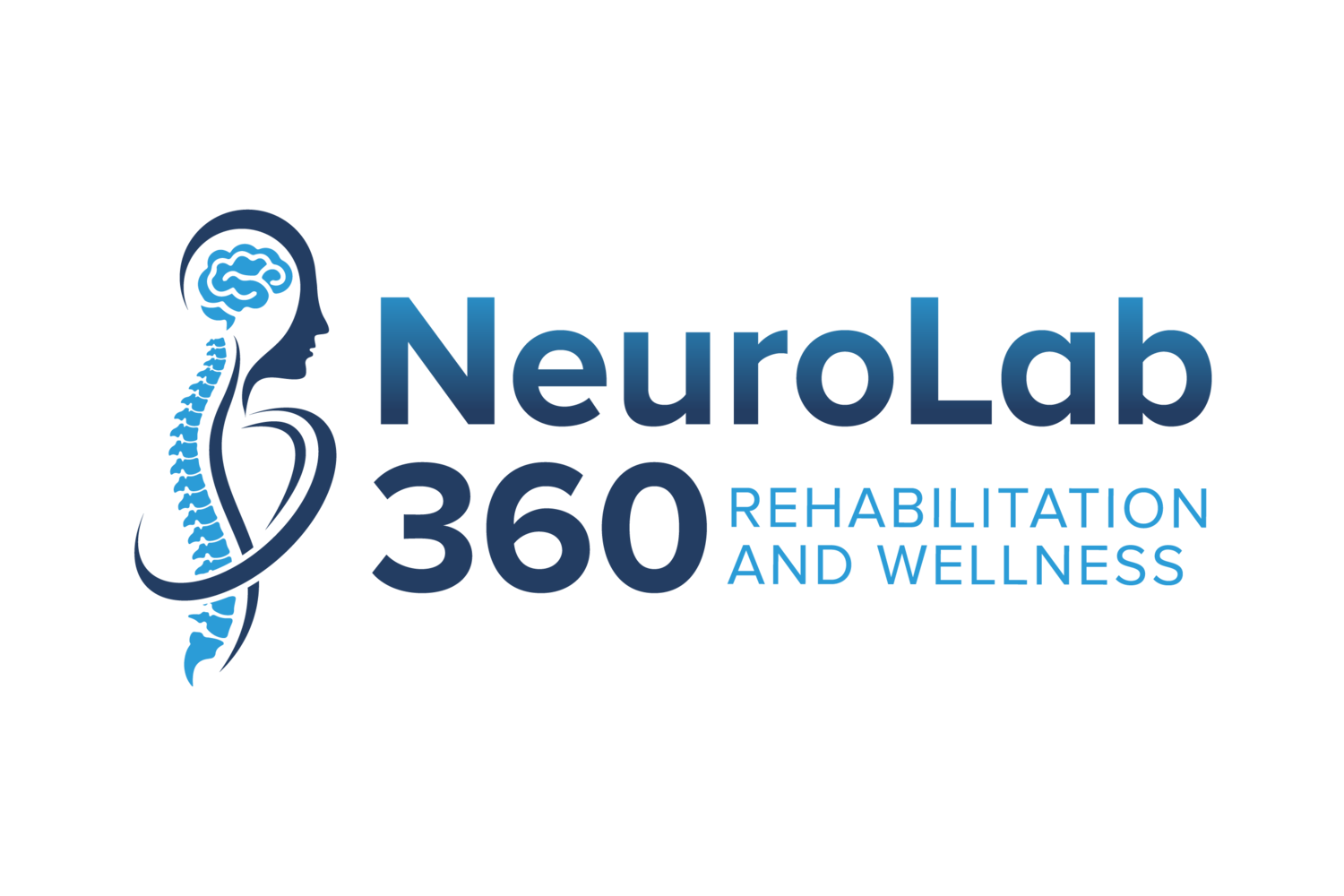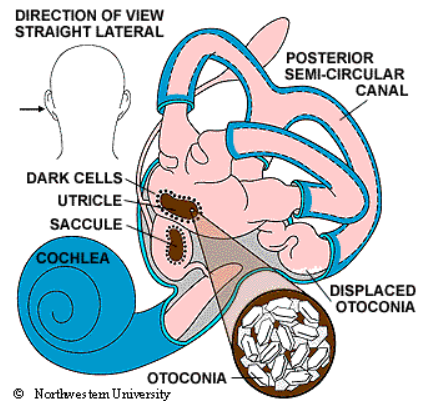What is BPPV?
What is BPPV?
Have you ever heard of crystals in your ears? If so, it's likely that someone was referring to BPPV, which stands for Benign Paroxysmal Positional Vertigo. BPPV is the most common cause of vertigo, which is the sensation of spinning.
What are the loose crystals involved?
These "crystals" are called otoconia, which are actually pieces of calcium carbonate housed in the utricle and saccule within the inner ear. Sometimes these otoconia can become dislodged and float freely within the inner ear canal. When these otoconia move within the fluid-filled semicircular canals, they give the brain a false sense of movement or spinning. The most common area for the otoconia to become dislodged is in the posterior canal. The inner ear also consists of an anterior, horizontal, and posterior canal.
When do symptoms occur?
Symptoms occur when you move your head, as the fluid within the inner ear moves and provides your body with a sense of your head's position in space. When the otoconia move within the inner ear, it confuses the brain and creates a false sense of spinning. Therefore, symptoms occur with positional changes, which is one of the "P"s in BPPV. It is very common for people to experience spinning when rolling in bed, getting in and out of bed, or bending over.
Why does BPPV occur?
The majority of BPPV cases occur without an apparent reason. However, it has been linked to head trauma, dehydration, inner ear infections, diabetes, osteoporosis, inner ear anatomy, vitamin D deficiency, decreased blood flow, and more.
Is it harmful?
The "B" in BPPV stands for benign, meaning it is not life-threatening. However, this doesn't mean that the symptoms associated with BPPV are not severe. Individuals can experience a simple sensation of being off balance to having severe vertigo.
What should you do?
If you describe the symptoms to your physician, they may suspect BPPV. Your physician might be able to treat BPPV themselves or may refer you to an ENT specialist, otolaryngologist, or a vestibular trained therapist. BPPV is not typically evaluated using medical imaging; instead, it is assessed through positional testing, where the head is placed in certain positions to invoke nystagmus if otoconia are dislodged. Nystagmus is a movement pattern of the eyes that occurs when the otoconia move within the inner ear canal. BPPV is treated by vestibular trained practitioners using canal repositioning maneuvers. These practitioners will guide you through various positions with the goal of moving the otoconia within the inner ear back into the utricle or saccule, where they belong naturally.
Stay tuned for future blog posts that discuss canal repositioning maneuvers!
References:
Bhattacharyya N et al. Clinical practice guideline: benign paroxysmal positional vertigo.Otolaryngol Head Neck Surg. 139(5 Suppl4):S47-81, 2008.

